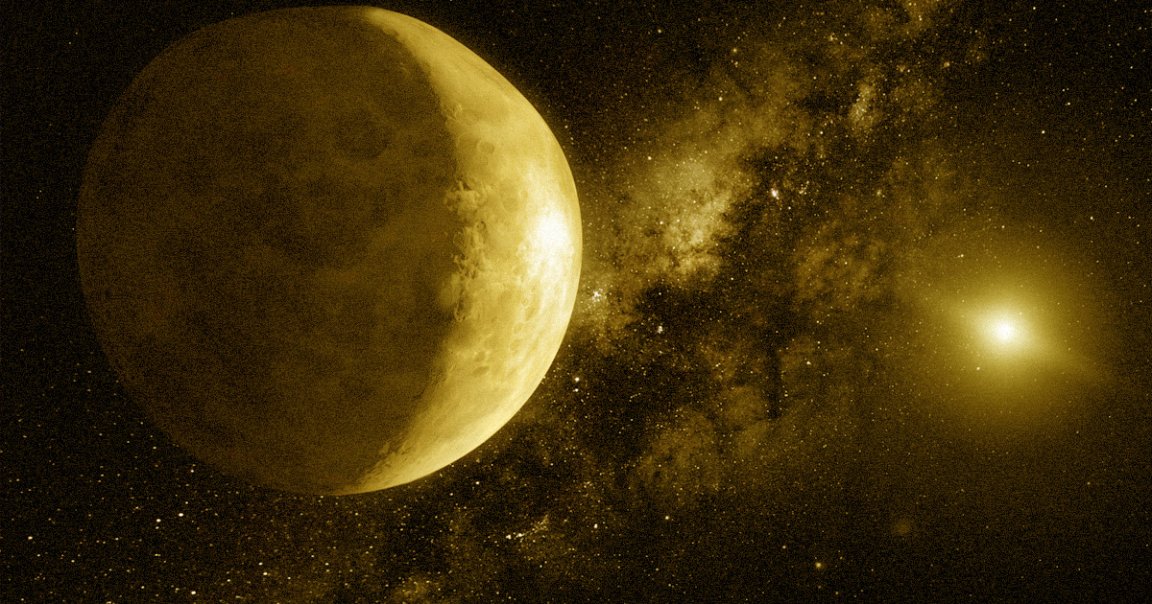
While the coronavirus outbreak is dominating the global news cycle, a team of astronomers at the University of Pennsylvania have discovered 139 minor planets — too small to be a proper a planet, but not a comet or space rock either — orbiting the Sun beyond Neptune, as detailed in a paper published in the Astrophysical Journal last week.
The so-called “trans-Neptunian Objects” (TNOs), the most famous of which is Pluto, orbit celestial bodies in the Kuiper belt, a region in our Solar System that stretches beyond our system’s eight major planets. Extending outward by some 50 astronomical units — that’s 50 times the distance between the Earth and the Sun — the Kuiper belt is far larger than the asteroid belt.
The discoveries could uncover new ways to search for the mysterious Planet Nine, a hypothetical ninth planet in our Solar System that some suspect to be causing strange gravitational effects on a cluster of trans-Neptunian objects beyond Neptune’s orbit.
“There are lots of ideas about giant planets that used to be in the solar system and aren’t there anymore, or planets that are far away and massive but too faint for us to have noticed yet,” co-lead and UPenn professor Gary Bernstein said in a statement.
The team used data collected by the Dark Energy Survey (DES), an international collaborative effort, launched in 2013, to map hundreds of millions of galaxies. In January, the project completed six years of data collection.
DES wasn’t explicitly set up to search for TNOs, but rather to study galaxies and supernovas — so its researchers had to improvise.
“Dedicated TNO surveys have a way of seeing the object move, and it’s easy to track them down,” lead author and graduate student Pedro Bernardinelli said in the statement. “One of the key things we did in this paper was figure out a way to recover those movements.”
The team started with a dataset of seven billion possible objects detected by DES software, which they first cut down to 22 million “transient” objects, meaning they only appear for a limited period of time.
They then filtered those down to 400 candidates that were observed over at least six nights of observation. By stacking multiple images, they were able to verify the existence of 316 TNOs, including 245 existing discoveries and 139 new objects.
They’re hoping their new way of finding TNOs could be used to find more of them using other astronomy surveys, such as the Vera C. Rubin Observatory, currently under construction in Chile, that will be able to look even further than DES.
“Many of the programs we’ve developed can be easily applied to any other large datasets, such as what the Rubin Observatory will produce,” said Bernardinelli.
READ MORE: Our Weird Solar System Gets Weirder With 139 Newly Discovered Minor Planets [Popular Mechanics]
More on trans-Neptunian objects: Astronomers Predict Planet Nine Has 5x the Earth’s Mass